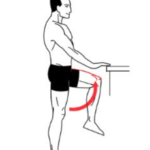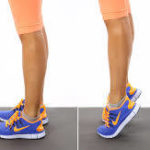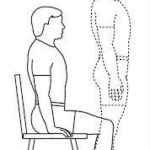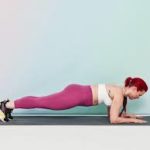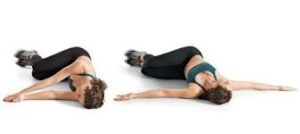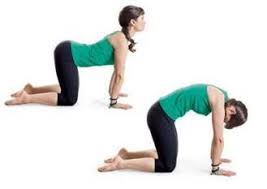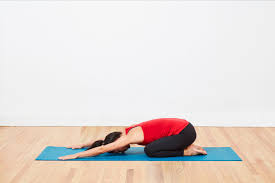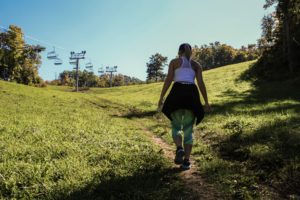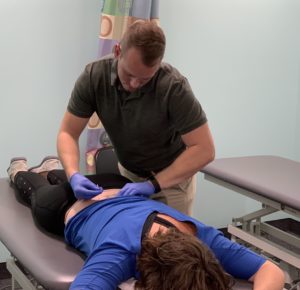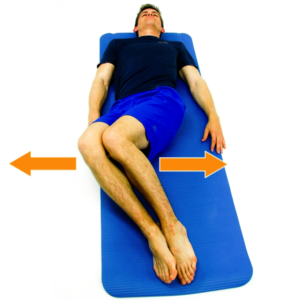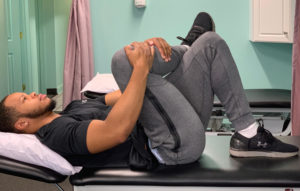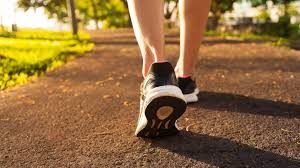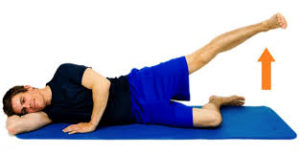As we are advised to stay home to avoid the spread of the virus, that doesn’t mean that we should stop exercising! There are many exercises you can do from the comfort of your home to increase your strength and endurance. Here are a few exercises below:
- Standing Marches: While standing, lift your knee in the air so that it is even with your hip. Return to the floor. Perform on the other side. Repeat for 2 minutes.
- Heel Raises: While standing, push through your toes to lift your heels into the air. Hold for 3 seconds. Slowly return your heels to the floor. Repeat 20 times.
- Sit-to-stands: While seated in a stable chair, cross your arms across your body and stand up. Slowly return to a seated position. Repeat 20 times.
- Plank: Lay down with your stomach on the floor and place on your body weight on your forearms. Push up on your forearms and bear weight through your feet, while maintaining a straight line between your shoulders, hips, and feet, hold this position for 1 minute.
As you become more comfortable with each exercise, you can begin challenging yourself to perform each exercise for longer or for more repetitions. If you begin exercising and find that you have pain or feel unsteady, we would love to work with you at Harbor Physical Therapy! Call us at 443-524-0442 to set up an evaluation today.
Written by: Dr. Chloe Smith

